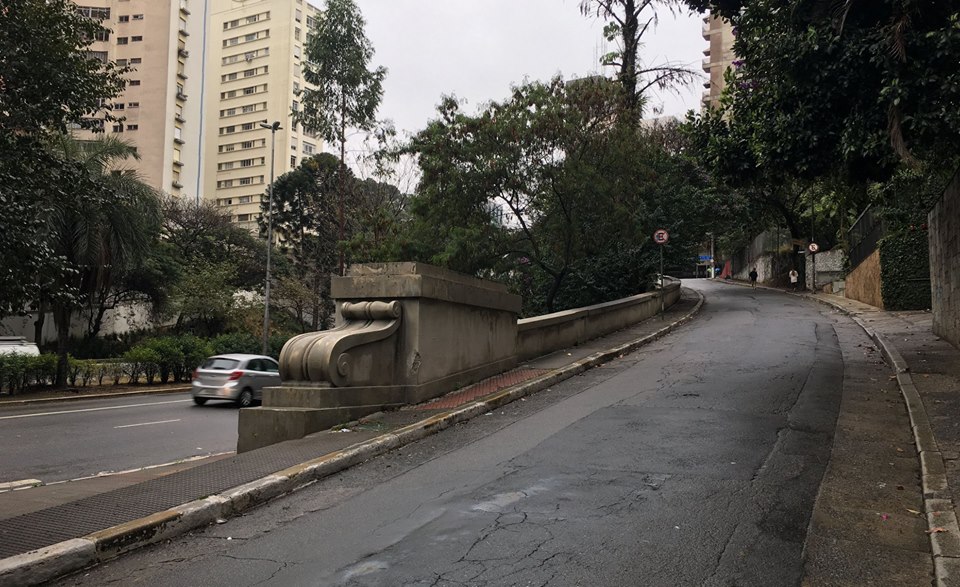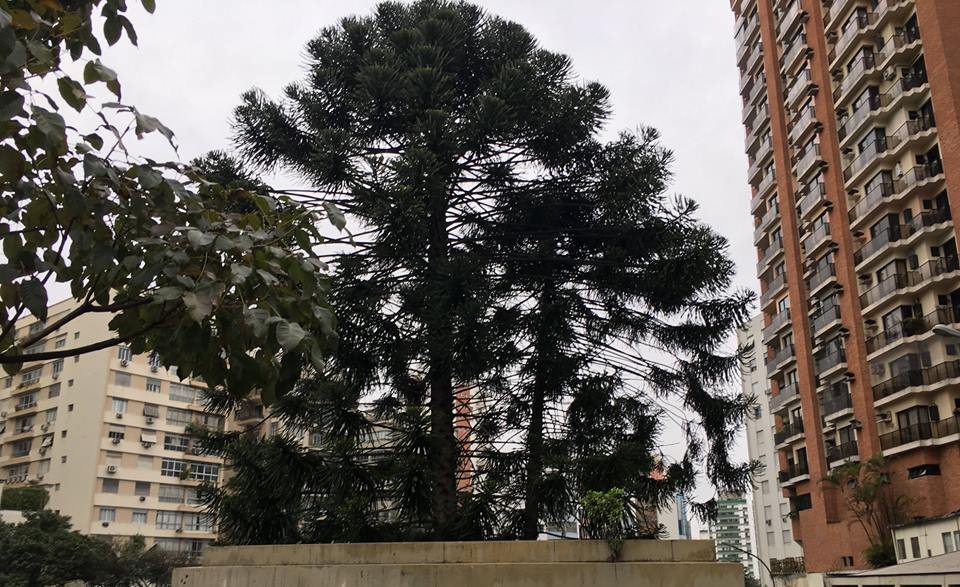Talking to an IVLP ten years later.
My first meeting of the day was at Renaissance Hotel with a participant in an IVLP on “Conservation of Biodiversity & Promotion of Sustainable Development,” from 2007. We talked about his visit and what had changed for him in the ten years since he returned to São Paulo, but we soon got into the broader topic of standards. His specialty is working with contaminated soil and water and he has lately been working on remediation of “brown field” sites.
Mitigating “Brown Field” Risk
If you want to build a shopping center or a big residential development in São Paulo, you will probably be building on a brown field site, i.e. a site formerly used for some industrial purpose. This does not mean it was a heavy, dirty industry. Even a former gas station is likely a brown field site and so are even places where lots of cars or trucks were parked, since they may have leaked oil or other fluids. (BTW – I am using “brown field” in contrast to a not previously built site, usually called “green field.”) These sites often require remediation, or at least a survey to indicate that they do not need cleanup. W/o this, real estate investors cannot know the true value or maybe the big risk of the site. (I thought maybe our president could understand the value of making real estate investment less uncertain.)
EPA Works Fairly Well Most of the Time
Returning to the question of what he learned in the USA, he praised the American style of practical cooperation. This may come as a surprise to us Americans. Whether or not you support EPA action in general or think that they are a drag on business, you probably think that they are working in opposition. He learned that there is a lot of cooperation. The goal is not clean up pollution, but rather to develop processes that avoid it. This is better all around – less pollution, less damage, less money spent remediating and less strife. Beyond that, pollution is essentially waste. Redesigned processes can not only avoid releasing pollution but maybe a way to make it a valuable input into something else.
Exchanges Useful
I have long been convinced of the value of exchanges in human terms, but when thinking about budgets we must be a little more practically centered. This is good for everybody, but are there specific advantages for the American taxpayer to have helped Brazil in this way? Yes. Consider American investors in Brazil. They face challenges of language and culture, but the environmental regulator regime is more familiar. Investors calculate risk, but uncertainty is reduced. Beyond that, there is a good chance that American investors will meet those affected by exchanges, either in the first order or by connection. He talked about the impact his program had on his co-workers and even his family. Once again, this is a win all around.
A point I just found interesting, i.e. not closely related to the program, was when he talked about the need to reduce water and soil pollution by going to the source, literally. Many of Brazil’s rivers have sources or important tributaries on the high plateau, Goiás, Mato Grosso etc. This is the hydrological heart of Brazil. The rainy season recharges the ground water and the reservoirs.
My first picture is the Renaissance Hotel. I used to stay there every time I went to São Paulo. Unfortunately, it is too expensive for long-term stay. I miss it. I walked from my hotel to Renaissance, a long walk but mostly pleasant. Pictures two to four are along the way. Picture three is an an aruacaria tree. They are common in the hills of southern Brazil and are truly magnificent trees. Don’t see so many in São Paulo. Number four is a little park in Jardins. I was lucky with the weather. It did not rain on my walk to the breakfast meeting. It started to rain hard later in the morning. The last picture is Avenida Paulista on the rainy morning.





